Initiative Facilitates Fruit Trade between ASEAN, China
Hami melons from Turpan, Xinjiang, citruses from northern Fujian, lychees from Taishan, Guangdong, apples from Yantai, Shandong, dragon fruits from Baise, Guangxi... As the world’s largest fruit producer and the fourth-largest fruit exporter, China produces different kinds of fruits with tempting colors and sweet flavors, boasting a significant market advantage of tremendously meeting international market demands. With the deepening implementation of the Belt and Road Initiative, the fruity smells spread from different places in China to the globe, especially the ASEAN countries. Being neighbors and complementary in fruit resources, the two sides make two-way efforts at fruit trading.
Ten years of Belt and Road Initiative: China becomes world’s fruit basket
During the 10 years since the Belt and Road initiative was proposed in 2013, China’s fruit exports have maintained overall growth, making it a veritable “global fruit basket”.
According to United Nations Trade Statistics, China’s fruit trade with countries along the Belt and Road increased from US$5.44 billion to US$13.98 billion from 2013 to 2022, with an average annual growth rate of 15.7%. Fruit import grew from US$2.11 billion in 2013 to US$7.35 billion in 2022, with an average annual growth rate of 24.8%; during the same period, fruit export grew from US$2.92 billion to US$3.55 billion, with an average annual growth rate of 2.2%. The growth rate of import value was more than ten times that of export value.
Southeast Asia is the core region of China’s fruit trade, with Thailand, Vietnam, the Philippines, and Indonesia being the main trading partners. From 2013 to 2022, China’s fruit exports to these four countries grew by 224%, 103%, 101%, and 70% respectively, presenting strong growth momentum.
According to customs statistics, in 2023, China’s total fruit and fruit product exports amounted to US$7.082 billion, an increase of 2.25% year-on-year; the export volume was 5.0293 million tons, which increased by 7.91% year-on-year. The major types of exports were fresh apples, citrus, grapes, pears, and grapefruits.
In 2023, the top ten destinations for China’s fruit and fruit product exports were Vietnam, Thailand, the United States, Indonesia, Japan, Hong Kong, the Philippines, Russia, Malaysia, and Kyrgyzstan, accounting for 75.47% of China’s total fruit exports. Vietnam is the largest market for China’s fruit and fruit product exports, with an export value of US$1.26 billion, an increase of 2.95% year-on-year.
Two-way efforts between ASEAN and China
In recent years, the cooperation in the fruit-related industries between ASEAN and China has been expanded, with each serving as the market and raw material source for the other. Tropical fruits from ASEAN countries, such as coconuts, bananas, mangoes, durians, mangosteens, and rambutans, have smoothly entered the Chinese market, providing Chinese consumers with more options. Credit for this goes to a connectivity framework consisting of ports and railways.
Youyi Pass in Pingxiang, China’s largest land port for fruit imports and exports, is located on the Vietnam-China border. It has become the main distribution center for the ASEAN-China fruit trade by virtue of its unique location on the land border. Reports of China Economic Net say fruits imported through Pingxiang Port account for one-third of China’s total fruit imports, mainly durians, dragon fruits, jackfruits, mangosteens, and watermelons. Among them, durians take up nearly 80% of the imports. Pingxiang City is also an important export channel for Chinese fruits, mainly temperate and subtropical fruits, including citrus, oranges, apples, snow pears, and grapes.
Importing fresh fruits is reported to require highly efficient customs clearance. The Youyi Pass Customs has continuously facilitated customs procedures by carrying out the declaration in advance, verification and discharge at the checkpoint, and other measures. At the same time, the customs continue to set up green channels and dedicated channels for imported durians, aiming to improve customs clearance efficiency and ensure the freshness of imported fruits.
According to China’s International Business Daily, the rail-sea freight trains of the New International Land-sea Trade Corridor, cross-border highways, and cross-border railways are now in regular operation. Convenient transportation has strongly fueled the ASEAN-China fruit trade. Since the opening of the Laos-China Railway, tropical fruits such as Thai longans and durians can be transported to China via this major land artery.
On June 11, 2023, Thai durians were transported directly to the Chengdu-Chongqing region in western China for the first time via a railway train of the New International Land-Sea Trade Corridor. In the past, sea or rail transshipment is needed to import durians from Thailand to Chongqing. This time, the cold-chain transportation is conducted in a road-rail form of multi-modal transport, which directly arrives in Chongqing after customs clearance, further enhancing bilateral logistics efficiency and shortening the time for fresh Thai durians to enter the Chongqing market.
As the pivot of the Western Land-Sea New Corridor rail-sea intermodal transport, Qinzhou Port in Guangxi has launched fruit express lines to Thailand and Vietnam while actively promoting the construction of supporting infrastructure such as cold chains and cold storage, providing convenience for Southeast Asian fruit exports.
The Belt and Road Initiative has paved a smooth path for Chinese fruits to go global and has brought ASEAN members’ specialty fruits into Chinese households. It is believed that with the continued advancement of the Belt and Road Initiative, ASEAN and China will embrace more fruitful cooperation.
来源:《中国东盟商界》杂志
文:黄利霞
翻译:李宛蓉
审定:黎 敏
 东博社举办“企业出海
东博社举办“企业出海
 实地调研|走进东盟最
实地调研|走进东盟最
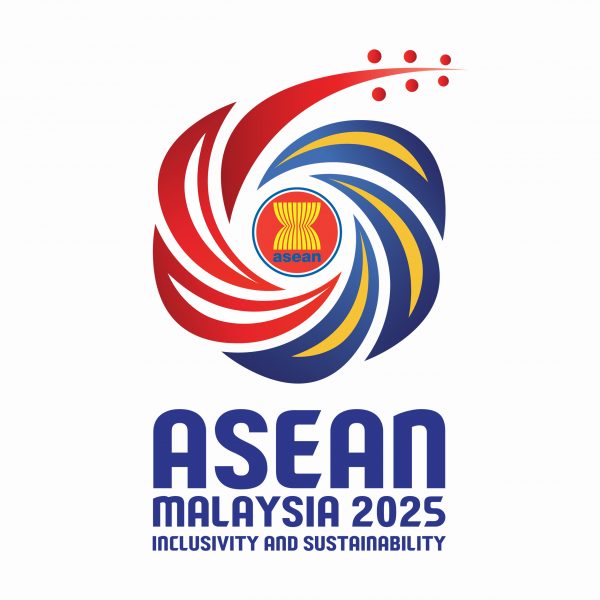 在变局中破局:马来西亚
在变局中破局:马来西亚
 东帝汶入盟,“最后的版
东帝汶入盟,“最后的版
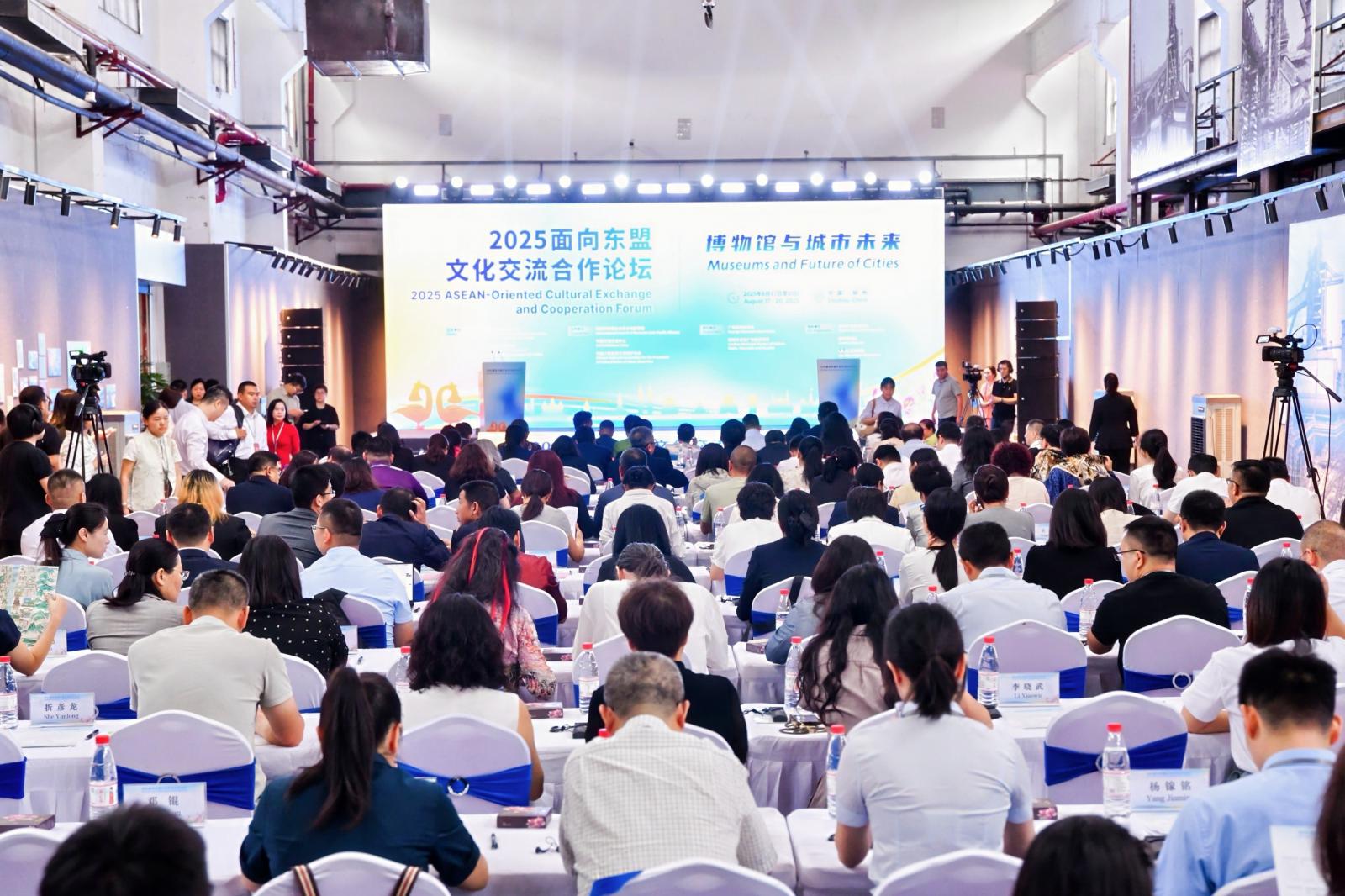 2025面向东盟文化交流
2025面向东盟文化交流
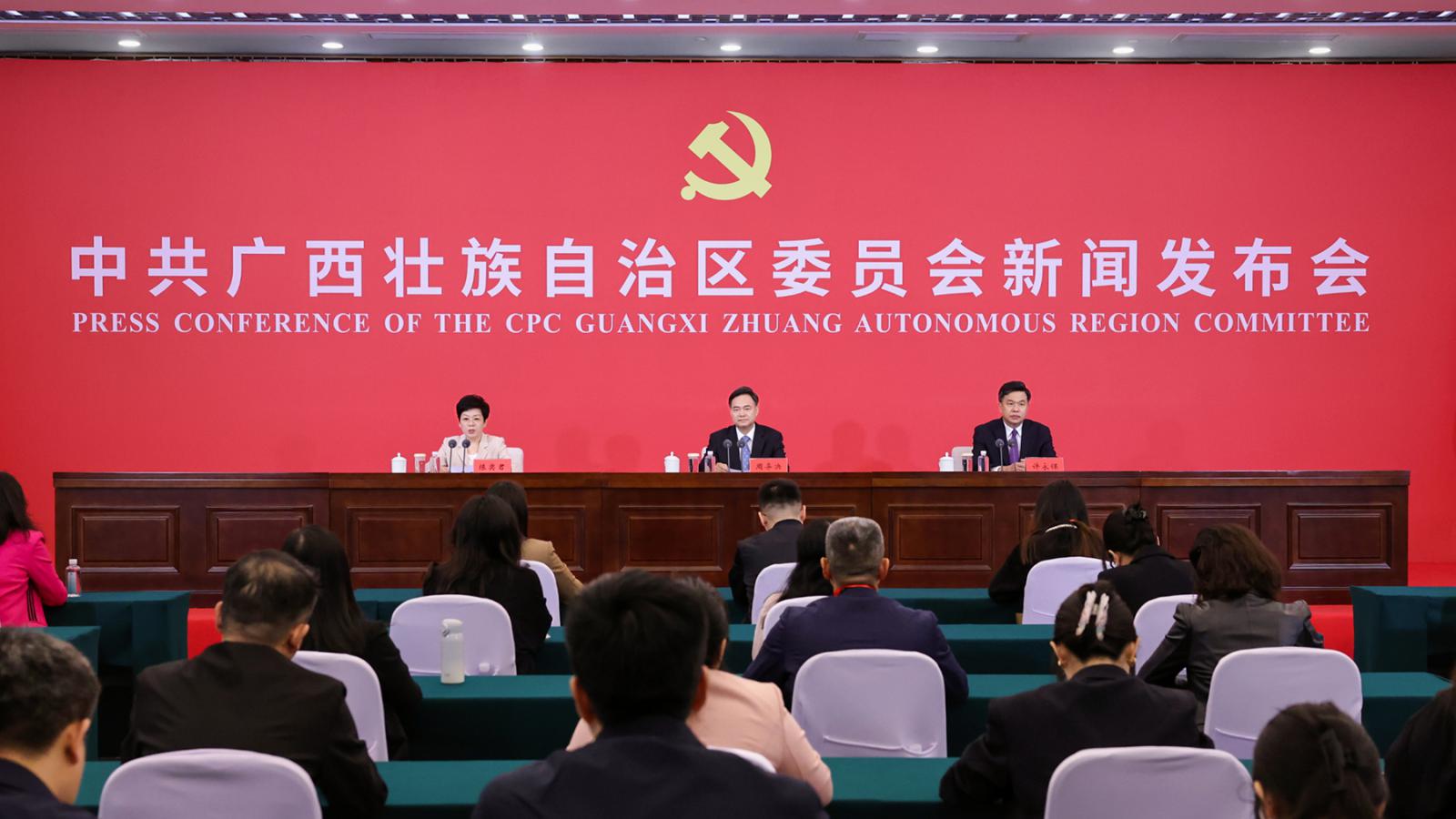
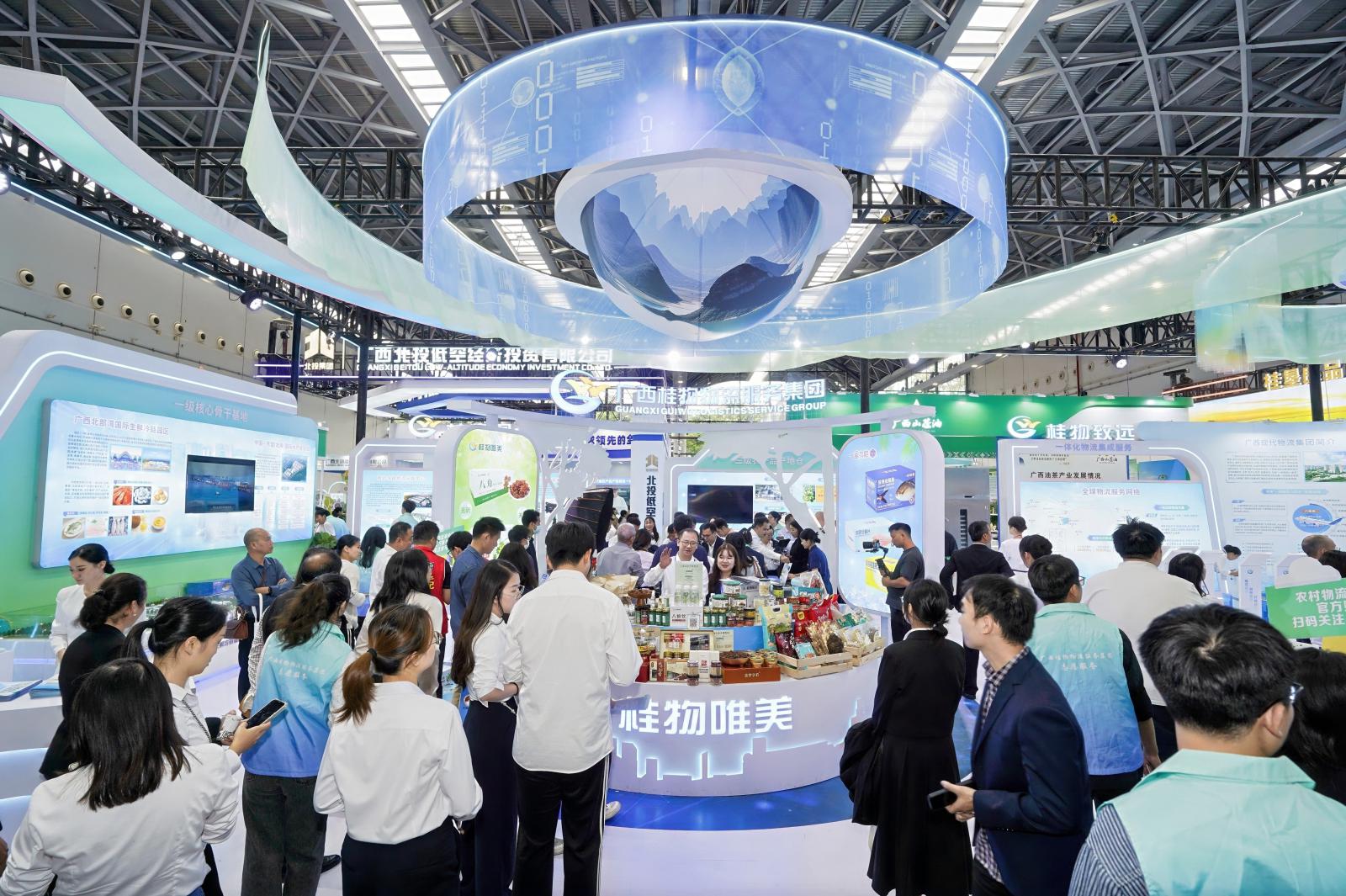
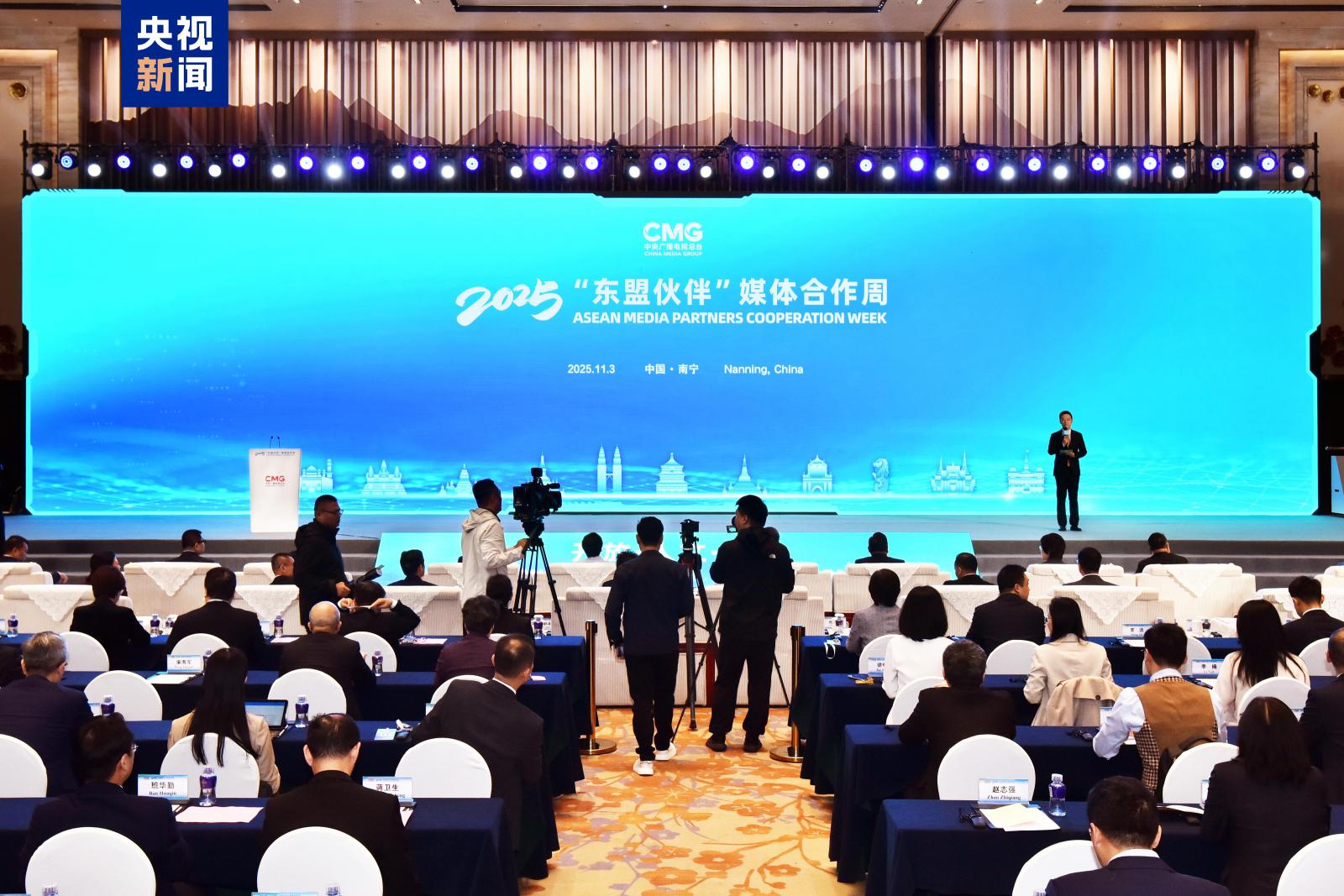
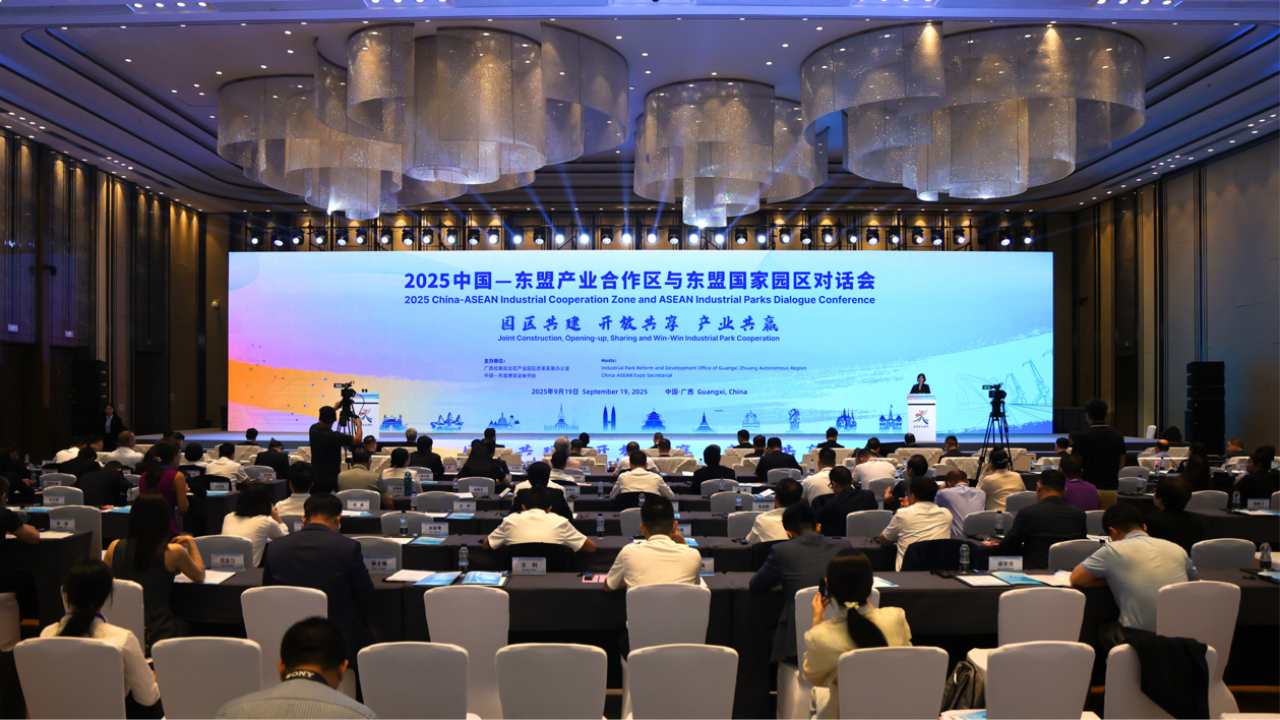
 桂公网安备 45010302000186号
桂公网安备 45010302000186号